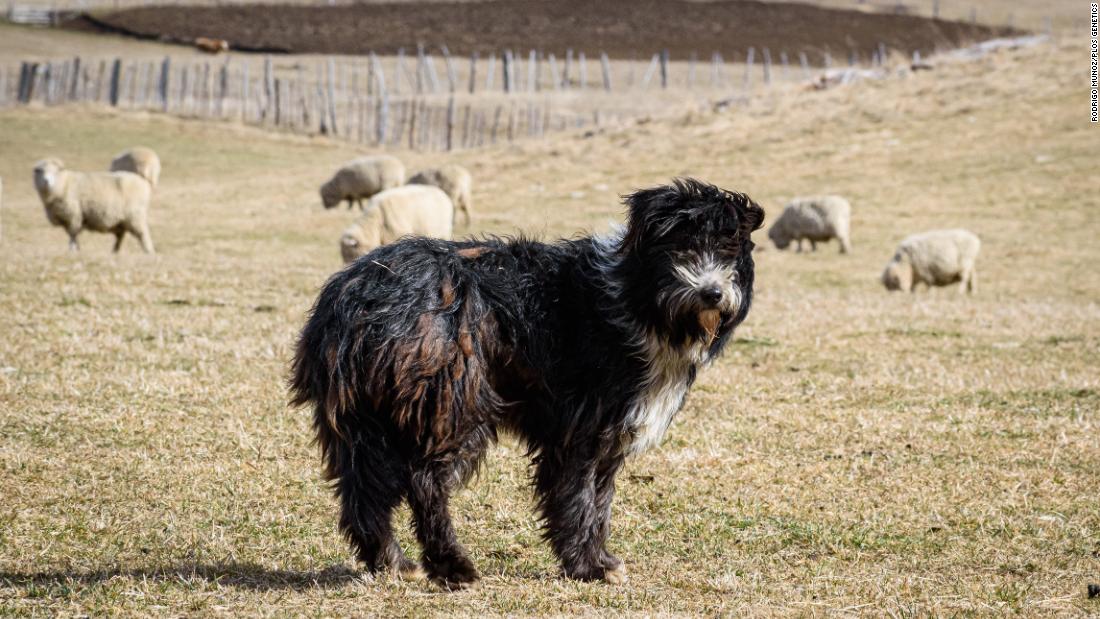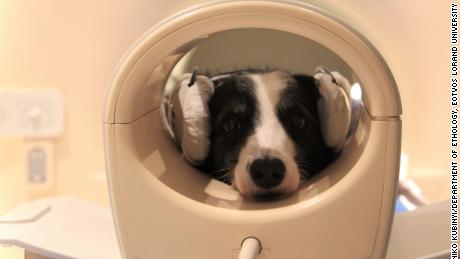
“They are something that is a missing link between modern breeds and the original herding breeds from Western Europe.”
They aren’t a breed in the sense that you could register one with a society or find them at a dog show, Ostrander said. But when looking at both the visible and genetic traits, she said it was clear that these dogs shared enough similarities, like their medium build, shaggy fur and specific range of colors, to be classified together.
Ostrander and her colleagues were sent genetic samples from partners in Chile, and after comparing them with 175 breeds of European and Western descent, they found that the Patagonian dogs were the most closely related modern dog to what is considered the original sheepdog, from the UK.
“Because they are isolated, they retain whatever genetics was in their ancestor and great ancestors,” Ostrander said. “The Patagonian sheepdog comes the closest to anything anyone has ever seen and that’s what makes them so fascinating.”
Moving across the world
How did the genes of UK sheepdogs come to live and last half a world away in South America?
“These dogs were brought over from the UK at a time point before the breeds that we know today were really split out and isolated,” said study coauthor Dayna Dreger, staff scientist at the National Human Genome Research Institute.
In the 19th century, officials in South America aiming to improve farming and agriculture looked to sheep farming, which they saw as a promising industry given the geography and climate, Dreger said.
They called on shepherds and farmers from the UK, particularly northern areas like Scotland.
“If you come here and help us grow our sheep industry, we will give you land, we will give you sheep, and we will make this work. But the caveat is, if you need a dog to do what you need to do, then you have to bring the dog with you,” Dreger said the officials told UK shepherds.
The geography was isolating, Ostrander said. So, the sheepdogs in the region had very little influence on breeding traits since that time.
Meanwhile, in other parts of the world, sheepdogs were branching off into other breeds we might recognize today.
Bringing together culture and data
The Patagonian sheepdog has become a sort of national dog, Ostrander said.
And while it provides an important look into ancestral sheepdogs, it also gives a model for how science and cultures can come together.
“There are so many interesting dog populations all over the world, and people who live in those areas depend on those dogs for their livelihood,” she said. “They’re part of the culture, they’re part of the lore, they’re part of the story of that village, or that region or that part of the world.
“I think it’s important in human genetics as well that you incorporate not just the facts and numbers about the DNA, but you really embrace the culture and the history in order to get the best and most complete story.”

